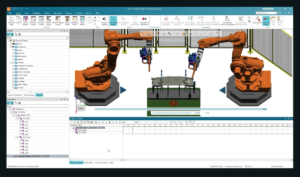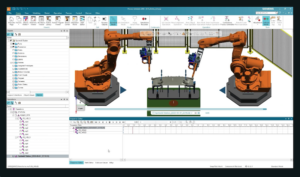
Fitness woman. beautiful athletic figure of a girl in leggings and a sweatshirt. athletic girl body; Shutterstock ID 2417066237; purchase_order: -; job: -; client: -; other: -
The pendulum squat has emerged as a valuable alternative to traditional squats, offering an effective way to strengthen the quads, glutes, and hamstrings while minimizing stress on the lower back and knees. Unlike conventional barbell squats, this machine-based exercise could enhance your workout routine significantly, especially if you are looking to improve your lower body strength without the risks associated with heavy weights.
Understanding the Pendulum Squat
The pendulum squat is a unique exercise that many gym-goers may not encounter. It is performed on a specialized machine, which allows for a controlled range of motion while engaging the lower body muscles effectively. According to fitness expert Ben Mighty, who provides a detailed demonstration on YouTube, the pendulum squat is not just beneficial for muscle growth but also for joint health.
To perform a pendulum squat, start by positioning your back against the machine’s backrest, ensuring your lower back is well supported. Your feet should be placed hip-width apart on the foot plate, with a slight outward angle for the toes. Shift your weight onto your toes to release the lock mechanism, then lower into a squat while keeping your knees aligned with your toes. After reaching the desired depth, push through your heels to return to a standing position. Aim for 3-4 sets of 8-12 repetitions, adjusting the weight as you gain comfort and strength.
Pendulum Squat vs. Hack Squat
While the pendulum squat shares similarities with the hack squat, there are notable differences that can influence an individual’s choice of exercise. The hack squat generally involves a vertical motion where the body is positioned at an incline, leaning back against the machine’s support. In contrast, the pendulum squat allows for a more upright posture, which can be less taxing on the spine.
Both exercises can effectively target the quads, glutes, hamstrings, and calves, but their mechanics can lead to different muscle emphases. With the pendulum squat, the arcing motion provides a unique stimulus, hitting the quads more intensely while reducing reliance on the glutes and hamstrings. This distinction can make the pendulum squat particularly appealing for those focused on quad development.
Additionally, the adjustable platform of the pendulum squat accommodates various body types and joint mobility, potentially offering a safer alternative for individuals with lower back or knee issues. Conversely, the hack squat may facilitate heavier weights due to its vertical motion, which allows for greater leg drive.
Core Activation and Programming Considerations
When comparing machine-based exercises to free weights, many fitness enthusiasts prefer free weights for their engagement of core muscles. While the pendulum squat does provide back support, it still requires core activation to maintain stability and control throughout the movement. Thus, proper execution is essential for maximizing benefits and minimizing injury risk.
When deciding whether to integrate the pendulum squat or hack squat into your workout routine, consider your overall programming. If your regimen includes other exercises targeting the hamstrings and glutes, such as Romanian deadlifts or hip thrusts, the pendulum squat may be a strategic addition for focusing on quad strength.
Ultimately, the choice between these two exercises will depend on personal goals, comfort, and training style. The pendulum squat stands out for its joint-friendly nature and effectiveness in isolating the quads, making it a worthy consideration for anyone looking to enhance their lower body training.
As fitness continues to evolve, incorporating innovative exercises like the pendulum squat might just be the key to achieving your strength training goals while prioritizing safety and effectiveness.






